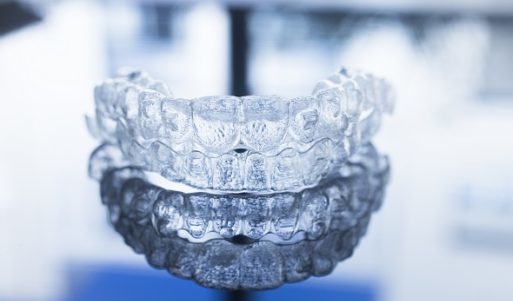 As you learn about different tooth replacement options, you will quickly discover that there is a ton of information to be soaked up. However, before you become too entrenched in the details of each, it’s a good idea to get your feet wet with a general introduction. Are you finding that you are leaning toward choosing a dental bridge but the essentials remain foreign to you? No problem! We are so happy to give you a quick run down on the facts you need to get started.
As you learn about different tooth replacement options, you will quickly discover that there is a ton of information to be soaked up. However, before you become too entrenched in the details of each, it’s a good idea to get your feet wet with a general introduction. Are you finding that you are leaning toward choosing a dental bridge but the essentials remain foreign to you? No problem! We are so happy to give you a quick run down on the facts you need to get started.
Who Chooses A Bridge?
There are certain treatments out there that are generally suitable for anyone. For instance, full or partial dentures typically offer a solution for any patient who has experienced tooth loss. However, dental bridges only make a good replacement option for patients whose needs match up to the abilities of the device, which follow:
- A bridge can replace a single tooth, two teeth next to each other, or three teeth next to one another
- You may select a bridge if your smile can support a fixed device
About Support
What do we mean about your smile supporting a dental bridge? The “fixed” part means that it’s a prosthetic you will wear day and night. It is bonded to teeth in your smile. To understand this, you must know that a bridge has a dental crown on one end, pontics (artificial teeth) attached to that crown, and a dental crown attached on the other end. This creates a single series of teeth. The crowns receive support from anchor teeth (or the two teeth that remain on either side of your tooth loss site). By bonding the bridge onto these teeth, it is nice and stable.







